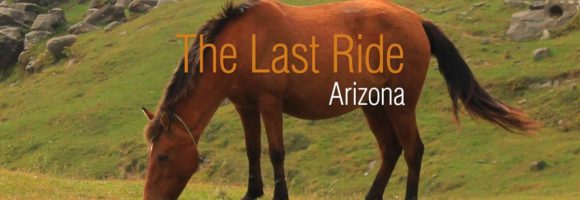Deadly Pasture Plants: Part 1

Turning your horse out to pasture is a great way to allow it to get some variety in its diet while also reducing your feed bill. Before you allow your horse to roam freely and eat as it pleases from your pasture, however, it is essential to ensure the pasture is free from plants that could be poisonous to your horse. In this first of a three-part series, we will explore some potentially dangerous plants in your pasture.
Deadly Nightshade
Characterized by its bell-shaped purple flower and small, round fruit that are similar in appearance to black currant, deadly nightshade thrives in sandy soil and dry conditions. All parts of this plant are toxic to both humans and animals. The plant is particularly dangerous because its fruit is somewhat sweet, making it attractive to some animals as a potential snack.
In the same family as the potato, tomato and pepper plant, deadly nightshade features dark green and smooth-textured leaves. Horses most commonly ingest this plant after it has been unknowingly baled into hay, but it can also be found in pastures and accidentally ingested.
Signs of nightshade poisoning include:
- Colic-like symptoms
- Inability to rise/loss of muscle control
- Stumbling, disorientation or other similar neurological signs
- Dilated pupils
Death may also occur as a result of ingesting deadly nightshade, so be sure your pasture is clear of this toxic plant.